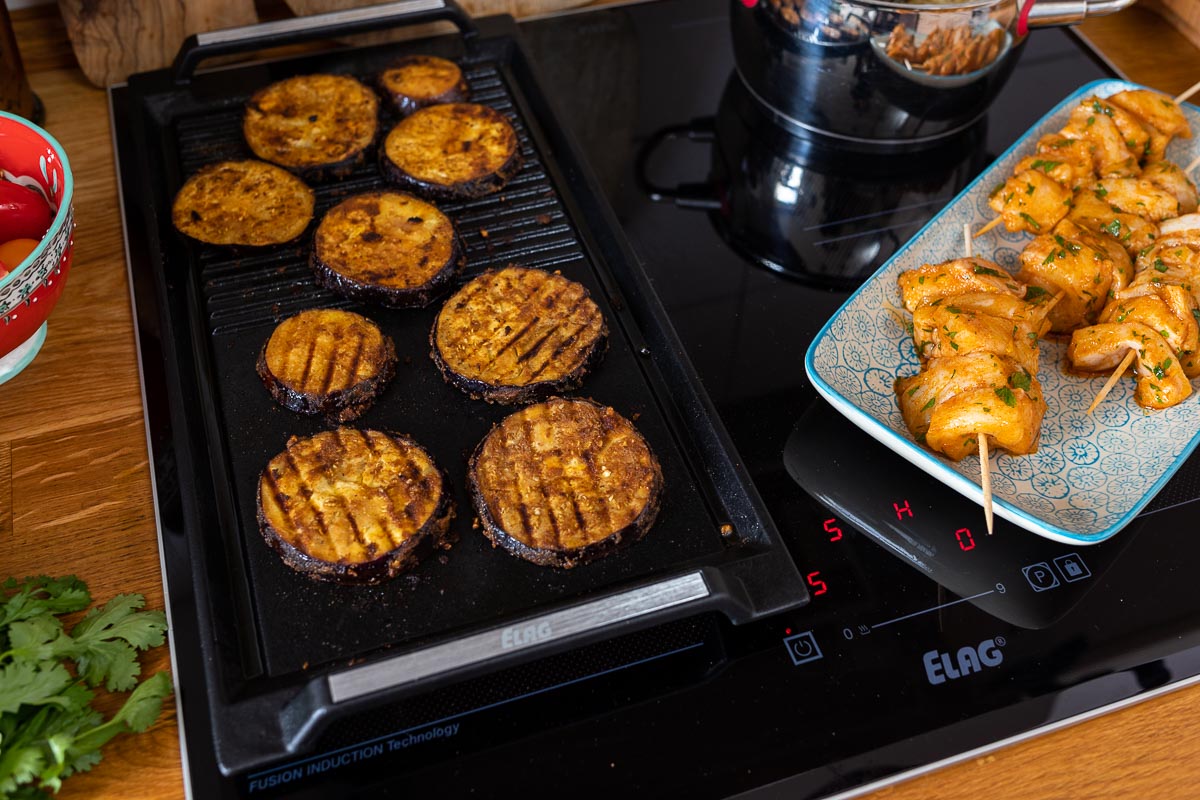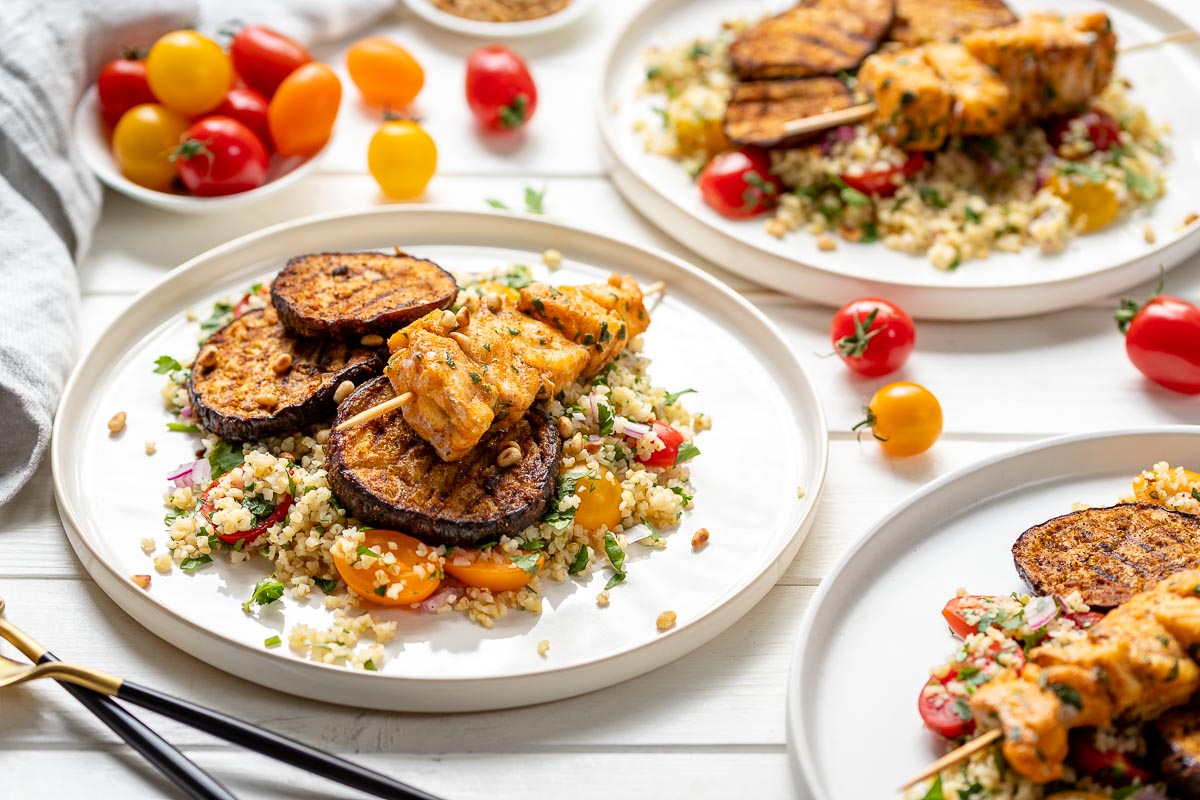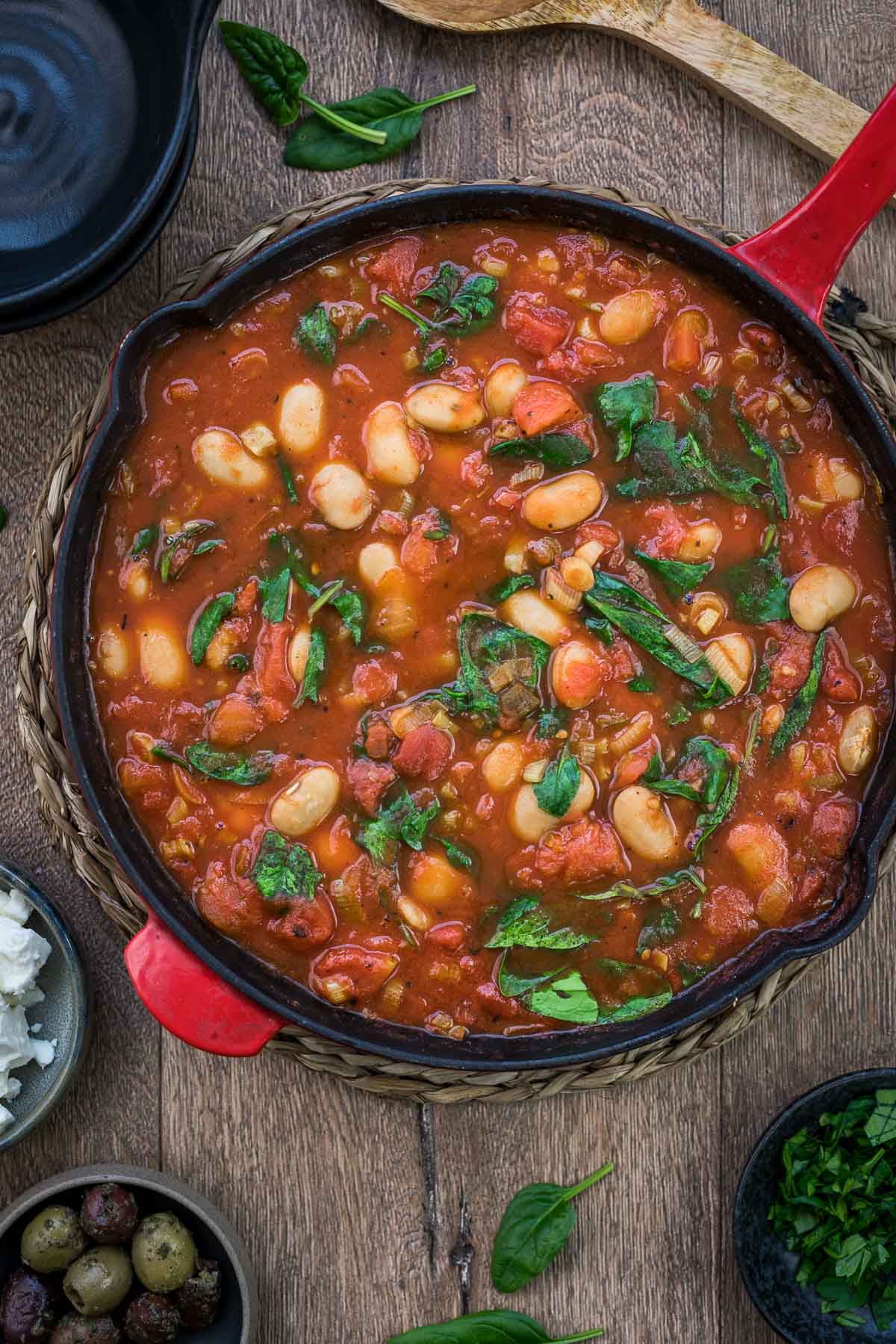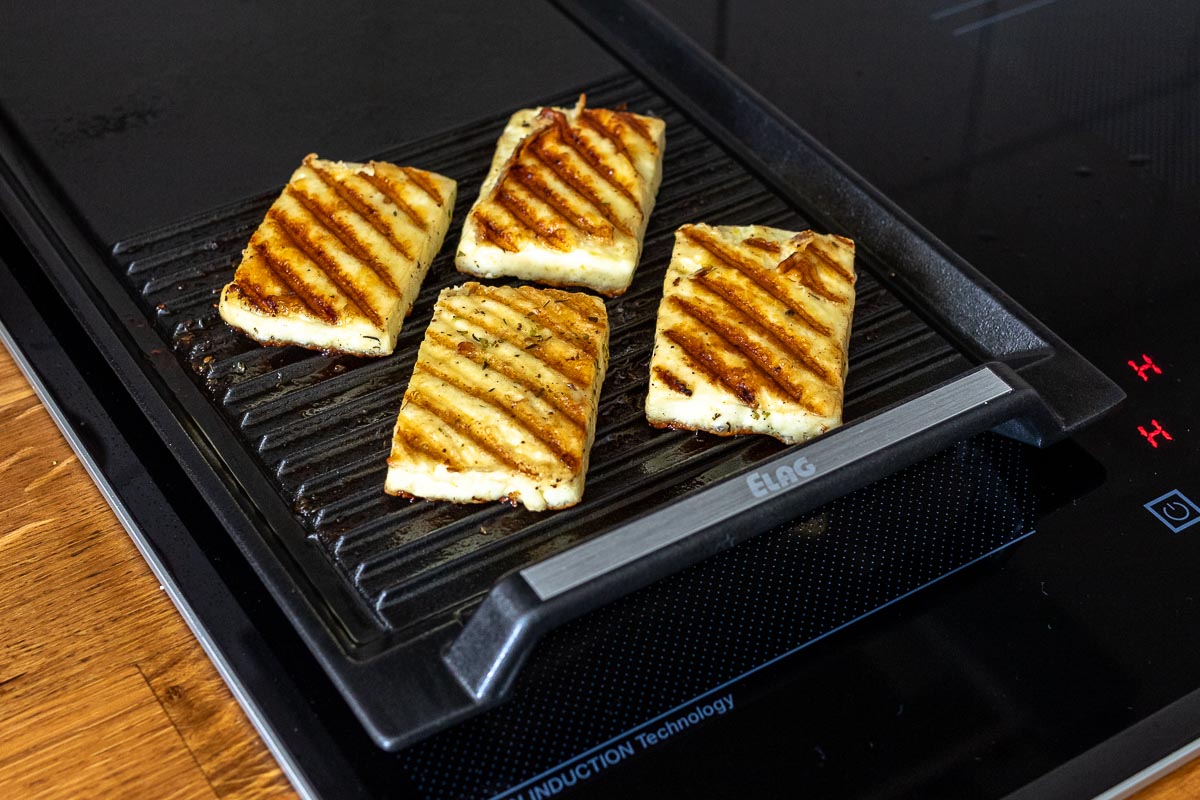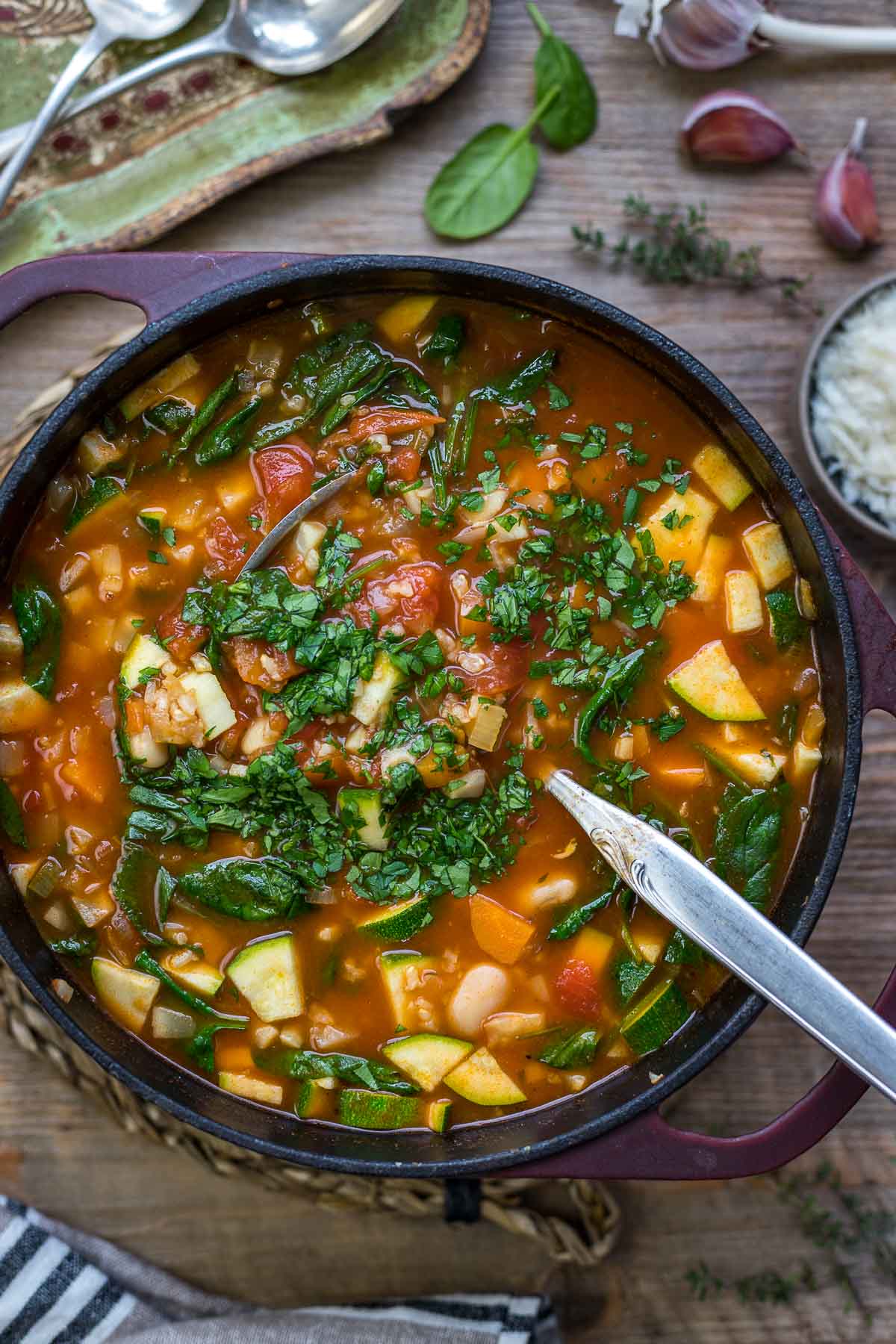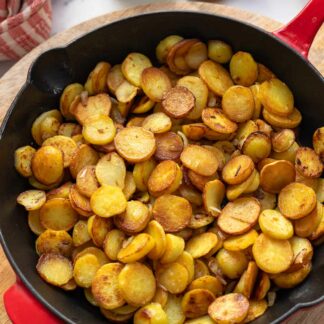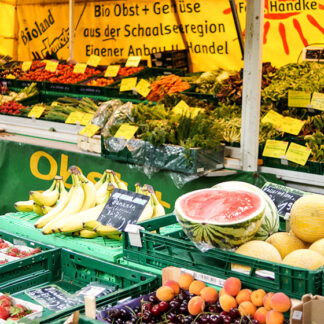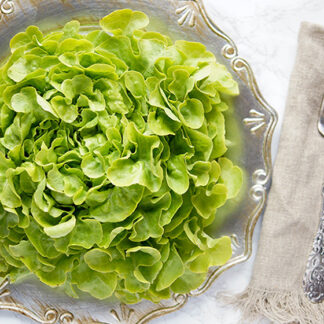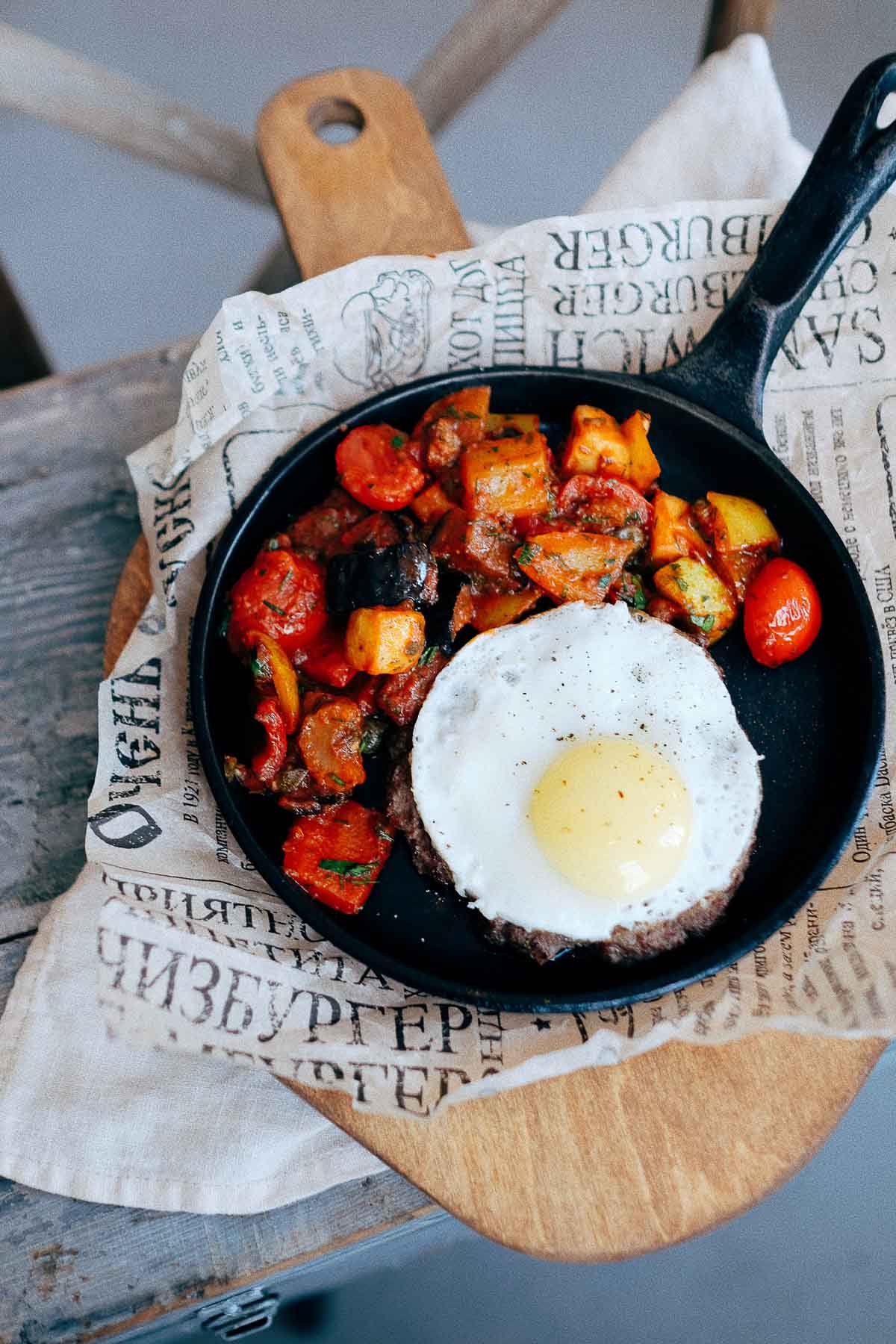
Almost every one knows of someone who has cast iron cookware that has been passed on with the generations. This is because a good cast iron pan is a workhorse in the kitchen and there are plenty of benefits to cooking with it. Properly cared for they can last for generations.
What I particularly love about it is that it can be used on any stovetop (whether it’s electric, gas, or induction), oven, grill, or even over a campfire. And cast iron cookware that has a nice sheen to it, it’s basically nonstick. That means you can cook with less oil. And the bonus is that the more you use it (and properly care for it) the better it gets.
Speaking of the care, this is the most important thing. And it’s actually easy. The most common mistake of why people do not like cast iron is that they say everything sticks to it. If food sticks to your cast iron cookware, that simply means it is NOT seasoned correctly. The simple solution is to re-season it. Cast iron is a natural non-stick surface and if your pan is seasoned correctly it WILL NOT stick! A nice shiny, smooth sheen is a sign of well seasoned cast iron.

Cast iron also delivers a non-stick surface
Yes, cast iron cookware can deliver a non-stick surface, without chemicals: When properly seasoned and cared for, a cast iron pan will develop a coating that’ll prevent MOST foods from sticking. This doesn’t mean it will be the equivalent to a non-stick Teflon pan made with a synthetic resin. But when it is well-seasoned, it is often non-stick enough to be used on most occasions.
Cast iron improves with use
Whenever you fry an egg or grill a steak you’re adding layers of baked-on fat and oil that enhance your seasoning for a natural, non-stick finish that gets better over time. Each time you are cooking with it, it is like it is being seasoned it again by filling in the microscopic pores that are part of the cast iron surface. The more you cook with it, the smoother the surface becomes! You’ll know it’s time to re-season if food sticks to the surface or if the skillet appears dull or shows signs of rusting (this too can be fixed).

Cooking with Cast Iron Pans, Skillets and Grill Plates
There are a few basic principles that apply to cooking with cast iron:
- Always preheat cast iron before using — but slowly! Your cast iron skillet will work best when it slowly heats up on a moderate heat and stays warm. Heating it up on too high a setting can cause food to stick or burn because the heat is conducted so efficiently.
- Never put cold liquids into a very hot cast iron pan or oven — this can cause cracks on that spot! You can test the heat with a droplets of water. It should sizzle, then roll and hop around the pan. If the water disappears immediately after being dropped, it’s too hot.
- Never forget your potholders! Cast iron pan handles get HOT when cooking! Cast iron gets very hot and distributes the heat evenly throughout the whole piece of cookware.
- Once you’ve finished cooking, it will stay hot for a while, so be sure to use a trivet if you are transferring it to another surface.
Maintaining Cast Iron Cookware
There is a trick to maintaining cast iron cookware and that trick is known as “seasoning” or “curing.” Seasoning is just oil baked onto cast iron through a process called polymerization. It gives your cookware that classic black patina. To season a cast iron pan means to create a shiny, glassy coating by baking on multiple thin coats of oil. This creates a non-stick cooking surface and easy for cleaning. It may take a little extra care, but a well-seasoned cast iron pan will last for generations.
And don’t worry: If, by chance, you take off some of your skillet’s smooth seasoning, you can always re-season the skillet after cleaning. It’s not a big deal and is easy to fix.
Seasoning cast iron:
If the cast iron pan was not seasoned properly or a portion of the seasoning wore off and food sticks to the surface, then it should be properly cleaned and re-seasoned with a heat resistant oil.
I recommend using a HIGH SMOKE POINT OIL like one of these:
Avocado Oil – smoke point (260C / 500F))
Canola Oil – smoke point (204C /400F)

Seasoning grill plates:
- With a silicon brush, spread a thin coating of cooking oil over entire surface of a clean and thoroughly dried cast iron grill plate. Be certain the entire surface, including all corners, have been coated thoroughly. Any excess oil can be wiped away with a paper towel.
- Now heat the grill plate on over medium/low for 30 minutes. The oil bakes on and creates a non-stick protective layer. After the grill plate has cooled, it is seasoned and ready to use.
- You can repeat this process 2 or 3 times to help create a stronger “seasoning” bond. Let cool between seasonings.
Seasoning cast iron skillets and pans:
- If the skillet is well-seasoned from years of use, a small amount of mild soap it is okay to use a mild soap to wash the pan before re-seasoning. Rinse and hand dry thoroughly.
- Apply a very thin, even layer of cooking oil to the cookware (inside and out). Place the cookware in the oven upside down. Place a large baking sheet on the bottom rack.
- Bake at 230°C for one hour. Allow to cool to room temperature in the oven.
NOTE: if there is any rust, you can remove it with steel wool or by rubbing it with half a raw potato and a sprinkle of baking soda before re-seasoning.

Cleaning cast iron cookware
- To soap or not to soap? No soap is best to retain its smooth non-stick surface. Otherwise, you may need to re-season your cookware. For easiest clean-up, I recommend cleaning it while it is still warm but not hot. Don’t soak the pan or leave it in the sink because this may lead to rust. And never put it in the dishwasher. Like I said, we want it to retain it’s beautiful seasoning!
- The type of brush is key to foolproof easy cleaning. If your pan has stuck-on food, there’s no better tool to remove it than a good, sturdy scrub brush made with natural fibres. This one’s designed specifically for cast iron.
- If there are stubborn stuck-on bit, then use a salt and water to help the process. Then rinse or wipe with a paper towel.
- Thoroughly towel dry the skillet. cast iron is actually a porous surface susceptible to rust if you don’t dry it thoroughly after washing it or before storing it.
- Then oil it — but lightly! Using paper towel, apply a light coat of vegetable oil before storing in a dry place. If stacking, I recommend placing a sheet of paper towel between it and other cookware to avoid ruining the finish.
- With proper care, a cast iron skillet can last decades, and many believe that these skillets get better with age and natural seasoning.
Let me know if you have other tips for maintaining or cooking with cast iron cookware!
This post contains affiliate links. If you decide to make a purchase through my link, Amazon will pay me a commission for it. This doesn’t cost you anything additional and the price remains the same. More about advertisements on Elle Republic.


